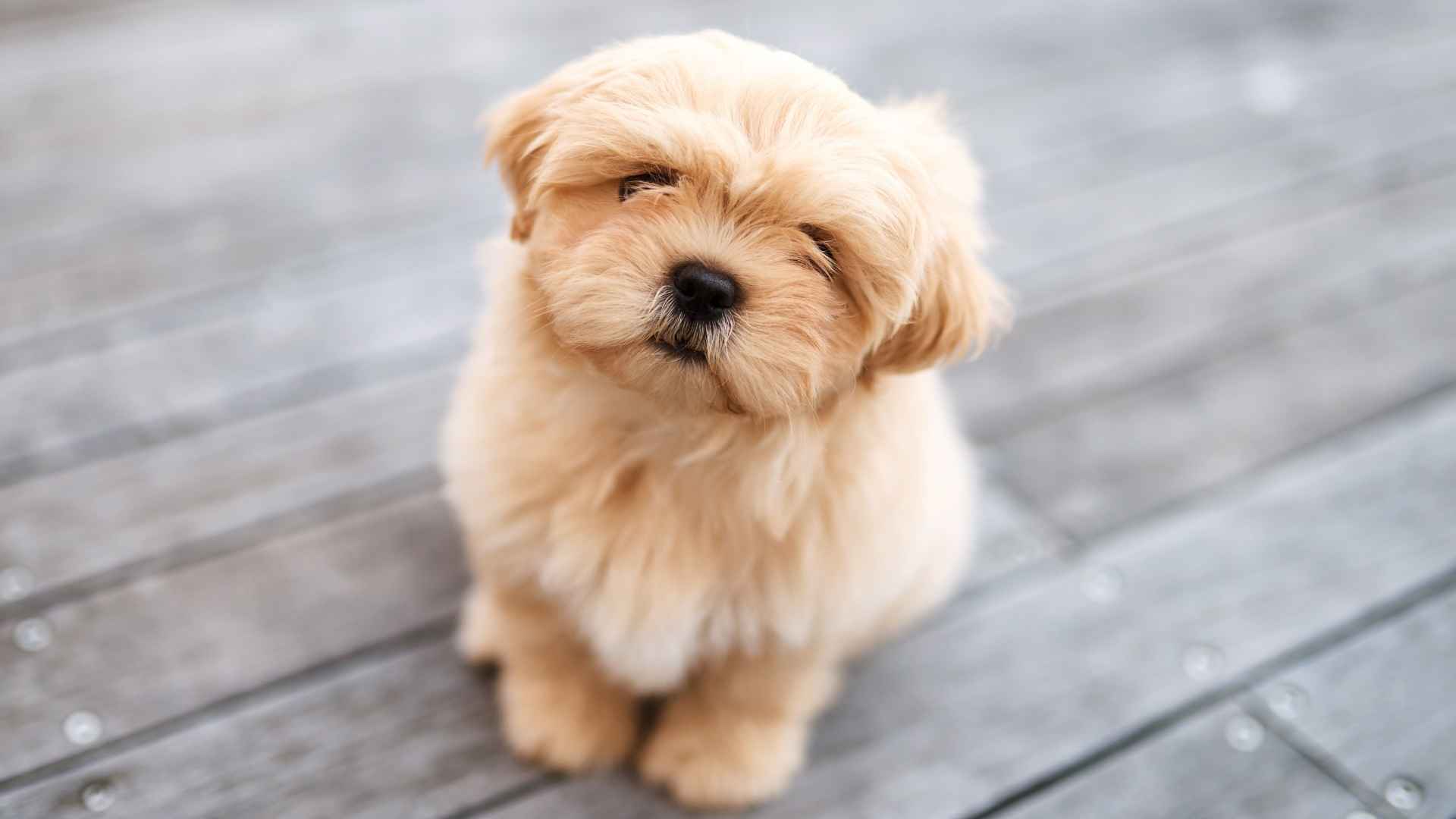Dogs come in more shapes and sizes than any other mammal on Earth – over 340 recognized breeds exist today! Yet most people only ever encounter about a dozen common types in their daily lives.
The rarest puppy breeds in the world make up less than 1% of all dogs, with some counting fewer than 1,000 living members worldwide. These uncommon pooches often hide in plain sight, with fascinating features you won’t find in popular breeds: from blue tongues to six toes, water-resistant fur to leopard-like spots.
Ready for a journey into the extraordinary side of the dog kingdom? These seven rare puppy breeds will show you just how diverse man’s best friend can truly be – and might even inspire your next furry addition to the family.
Rare Puppy Dog Breeds
1. Otterhound
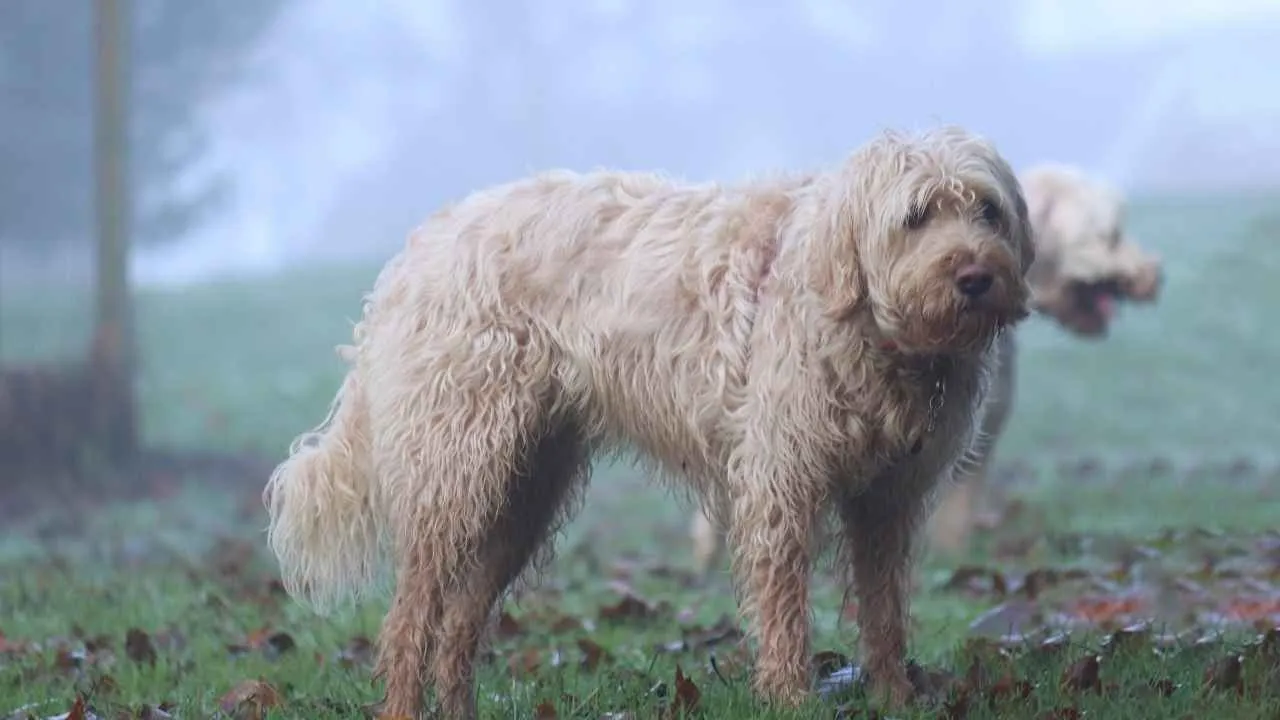
The Otterhound is easily one of the most distinctive breeds you’ll ever come across. With its rough, water-resistant double coat, large nose, and webbed feet, this shaggy breed was built for the water.
Originally developed as a hunting dog specialized for otter hunting in rivers and streams, the Otterhound has incredible endurance and a powerful sense of smell, second only to the Bloodhound.
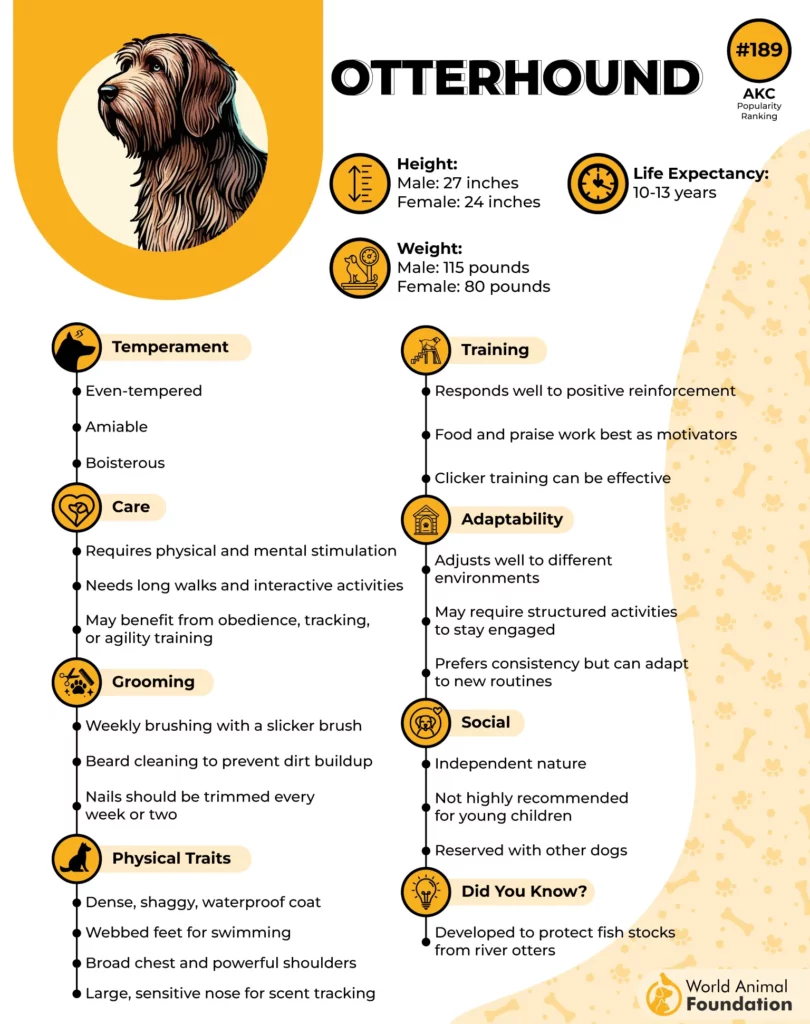
Personality With Purpose
Yes, they do have working roots, and instead of that, Otterhounds are affectionate, goofy, and social companions, as Royal Canin stated. They make a great family pet, though early socialization and training are essential due to their large size and naturally excitable nature. Teaching them not to jump up is especially important around children.
Grooming Their Trademark Coat
Their long, wiry fur requires brushing at least twice a week to prevent tangles and keep debris from building up, especially if they spend time outdoors. It’s a small task for such a loving, loyal dog.
Though rare today, the Otterhound remains a cherished companion for those who appreciate its blend of strength, heart, and history.
2. Polish Lowland Sheepdog
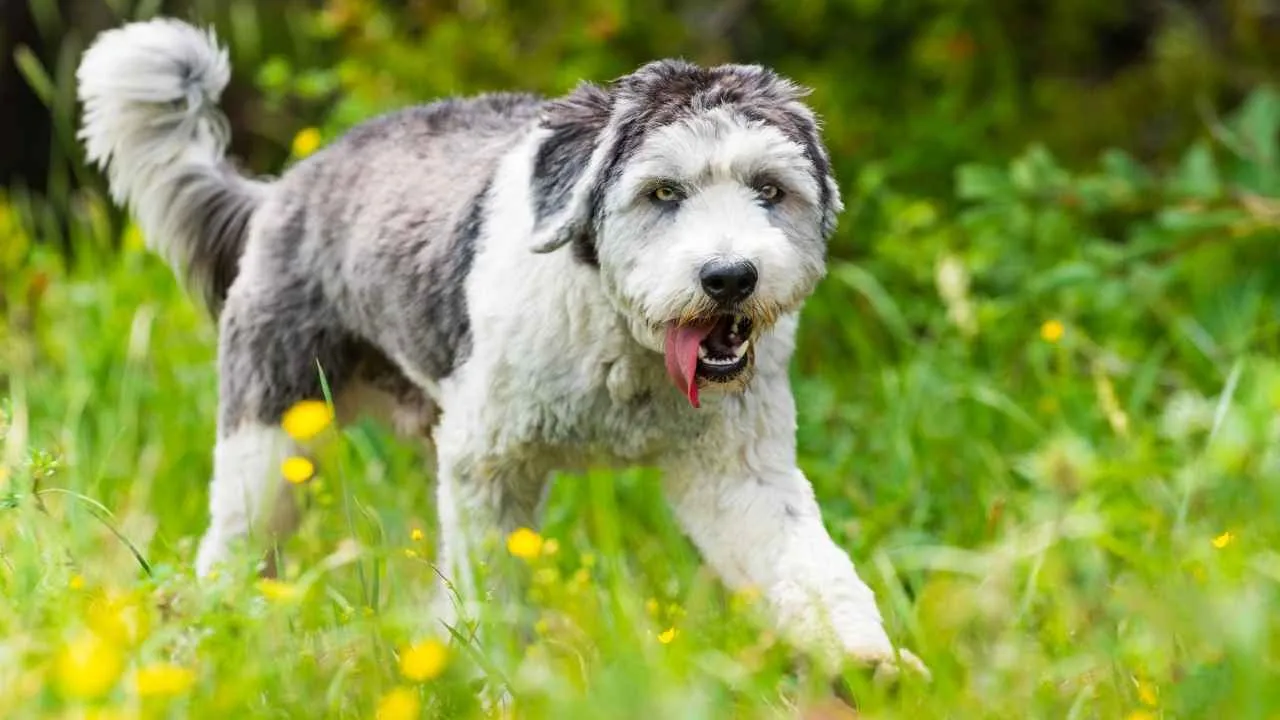
The Polish Lowland Sheepdog (PLS) is a rare dog known for its intelligence and alertness. Originally bred for herding and guarding livestock in Poland, this breed is quick to learn and enjoys having a job.
Their thick, shaggy coat requires regular grooming, but their striking appearance and personality make them a beloved companion.
Natural Intelligence and Loyalty
The Polish Lowland Sheepdog excels in training, especially with a foundation of trust and positive reinforcement. Their strong work ethic makes them well-suited for tasks like herding, and they still carry these instincts today.
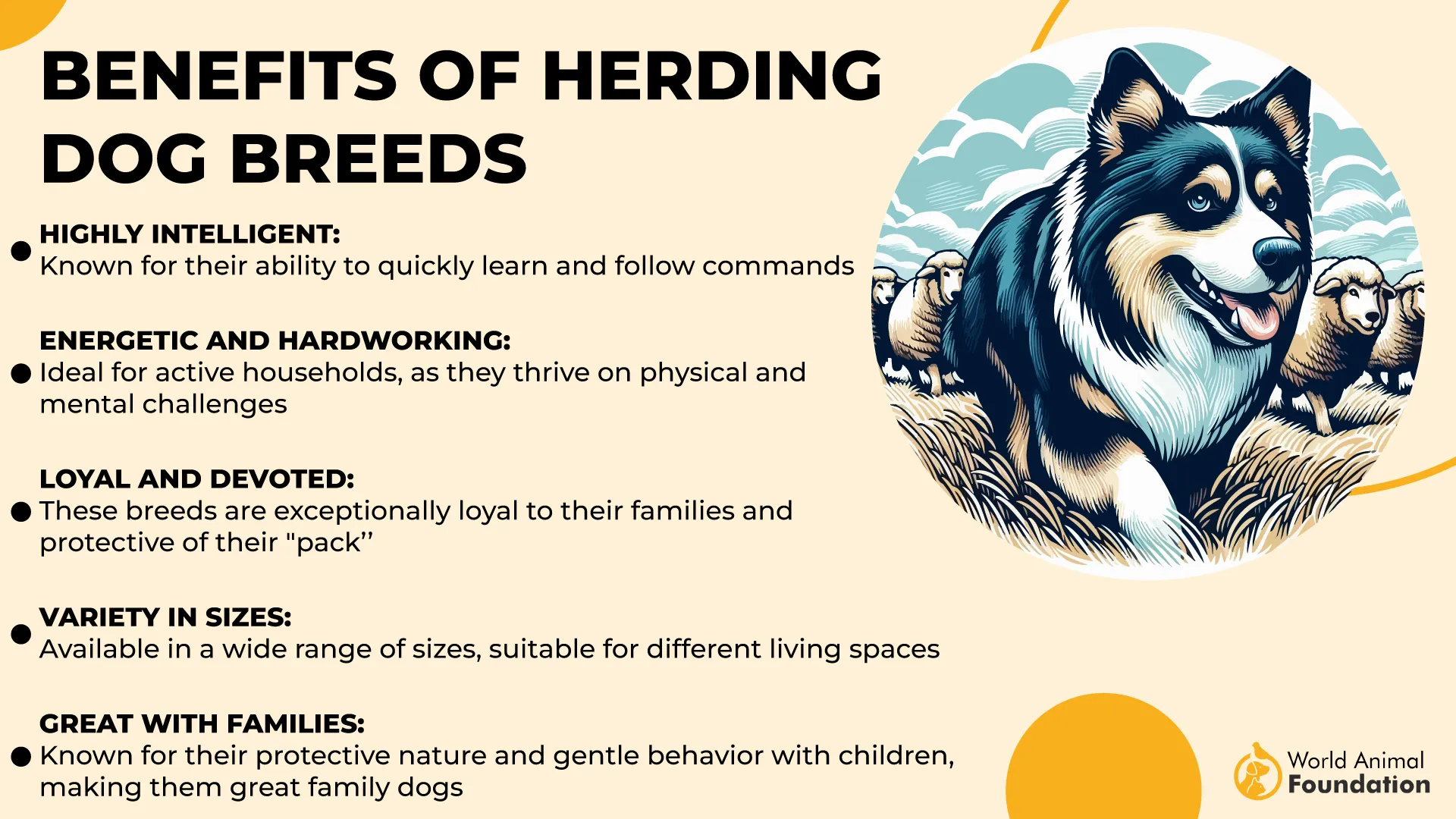
Affectionate Yet Protective
PLS dogs are loyal and affectionate with their families, but they can be reserved around strangers. Early socialization is important to help them become well-rounded, and they do best in environments where they have enough mental stimulation.
This breed, while lesser-known, is gaining recognition for its intelligence, loyalty, and protective nature.
3. Cirneco dell’Etna
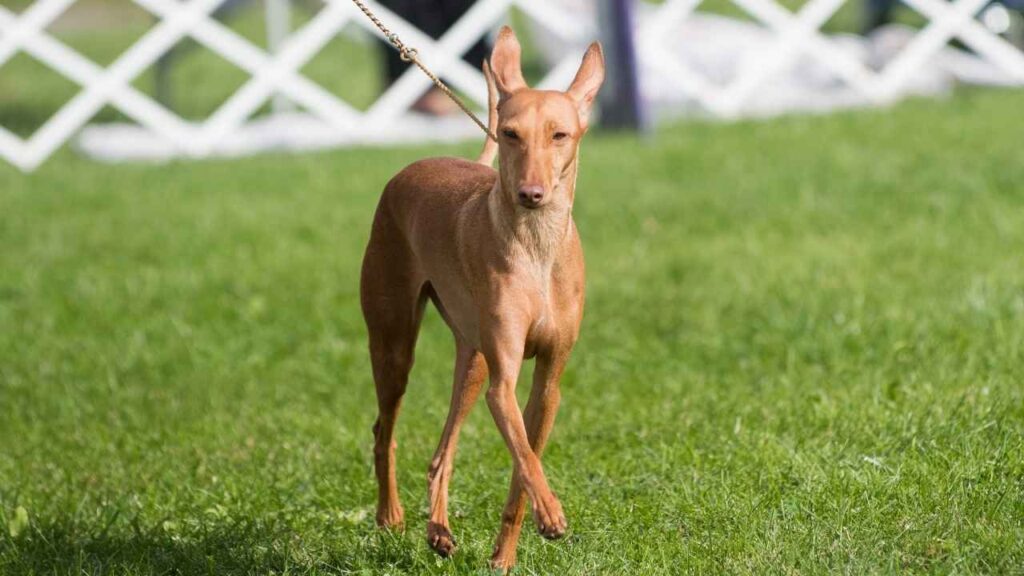
The Cirneco dell’Etna is an ancient athletic hunter hailing from Sicily. This sleek coursing hound has remained relatively unchanged by time, maintaining its agility and endurance that make it an exceptional sprinter.
Their elegant, slender build and unique appearance make them stand out among other dogs, with their distinctive upright ears and fine, short coat.
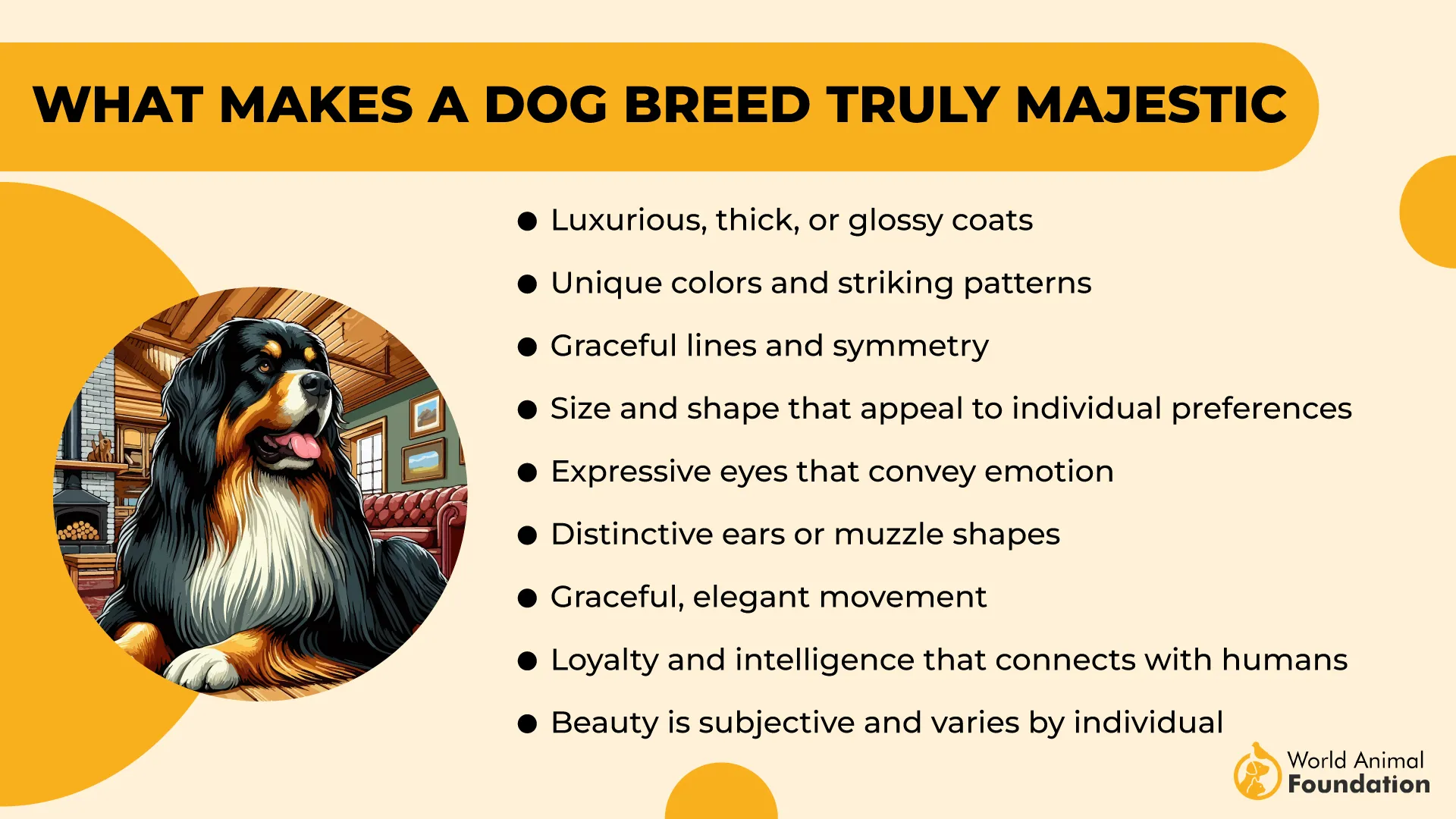
A Mild and Low-Maintenance Companion
Despite their hunting background, Cirnechi are low-maintenance companions. They do not require excessive grooming and are generally happy with regular baths.
Their calm demeanor makes them well-suited for family life, and they can easily switch from energetic bursts of speed to lounging on the couch with their loved ones.
Adaptable and Intelligent
While naturally independent and quick to learn, the Cirneco dell’Etna is also an adaptable dog that thrives with early socialization.
Careful exposure to different environments and people is crucial, as their primitive instincts can lead them to be reserved or aloof with strangers.
A Loyal and Gentle Nature
Known for their gentle nature, Cirnechi bond closely with their families, providing companionship and affection.
However, their independent thinking means they can make decisions on their own, so consistent training and clear boundaries are essential for a well-behaved pet.
4. Skye Terrier
The Skye Terrier is a charming and versatile breed that hails from the rugged northern Isles of Scotland. Their name derives from the island of Skye, where the breed originated, and their distinctive long, flowing coat is one of the first things you’ll notice.
This breed’s fur comes in an array of colors, from classic black to shades of blue, platinum, fawn, and cream, giving them a refined yet hardy appearance.
A Compact but Mighty Dog
Standing at just 10 inches at the shoulder and weighing between 35 to 45 pounds, the Skye Terrier may be small in stature, but they are mighty in spirit. Despite their compact size, they are far more versatile than they may initially appear.
Whether living in a bustling city apartment or a serene country home, the Skye Terrier adapts well to various environments. Regular exercise is crucial to ensure they stay fit and happy.
Confident and Affectionate Nature
Skye Terriers tend to have a confident and assured demeanor, but these traits require the support of consistent training from a young age.
Their spunky personalities shine once they feel comfortable with their family and surroundings. With proper socialization, they grow into affectionate and playful companions, always ready to engage with their pet parents.
Playful Yet Independent
This breed thrives on a positive socialization experience. Once a Skye Terrier has established trust, their affectionate nature blossoms. They’re not just playful but also have a bit of an independent streak, which makes them endearing yet sometimes a little mischievous.
5. Azawakh
The Azawakh is a stunning sight hound native to the arid landscapes of sub-Saharan Africa. With no written history to pinpoint their exact origins, these dogs have long been relied upon as hunters and guardians for tribes in countries such as Mali, Niger, and Burkina Faso. Their lean and muscular frame makes them perfectly suited for the tasks they were bred for.
Athletic and Energetic
This is an athletic breed with impressive speed and stamina. Their high energy level makes them well-suited for activities that engage both their body and mind.
When provided with proper exercise and mental stimulation, these dogs are able to settle down easily inside the home, finding a balance between their energetic bursts and moments of calm.
Reserved Yet Loyal
Although Azawakhs are high-energy dogs, they are not overly excitable. According to Azawakh pet parent Diane Taschler Swick, the breed is often described as “reserved” due to their perceptive and sensitive nature, as mentioned in PetMD.
The Azawakh’s personality can change based on the environment and who they are around, making them highly intuitive dogs.
Calm Inside, Adventurous Outside
While Azawakhs are known for their calm demeanor indoors, they are also sprinters at heart. When outdoors, they can run at incredible speeds, driven by their natural instinct to chase.
This makes it essential to always keep them on a leash or in a securely fenced yard to prevent them from chasing small animals, such as cats.
6. Canaan Dog
With roots tracing back to ancient Mesopotamia, the Canaan Dog is not just a pet—it’s a living piece of history. As Israel’s national dog, this breed descends from the Pariah Dogs that roamed the Middle East thousands of years ago, initially bred for guarding flocks and protecting encampments. Their instincts still echo that purpose today.
Independent and Loyal
Canaan Dogs are deeply devoted to their families but can be aloof or wary around strangers. This natural caution isn’t aggression, it’s discernment, a reflection of their guardian heritage.
Their loyalty runs deep, but they won’t offer it easily; they need time to trust and bond, which makes their affection all the more meaningful when it’s earned.
Smart but Strong-Willed
Highly intelligent, the Canaan Dog picks up on training quickly when they’re in the mood to cooperate. Their independence can come across as stubbornness, so early training and socialization are non-negotiable.
Experienced pet parents who can set firm yet respectful boundaries will get the best out of this breed’s sharp mind and spirited personality.
Moderate Needs, Big Heart
Exercise-wise, Canaan Dogs require about an hour of activity daily—think brisk walks, off-leash play in secure areas, or problem-solving games. They have a flat, dense double coat that offers natural protection and sheds seasonally, so brushing a few times a week helps keep things manageable.
7. Harrier
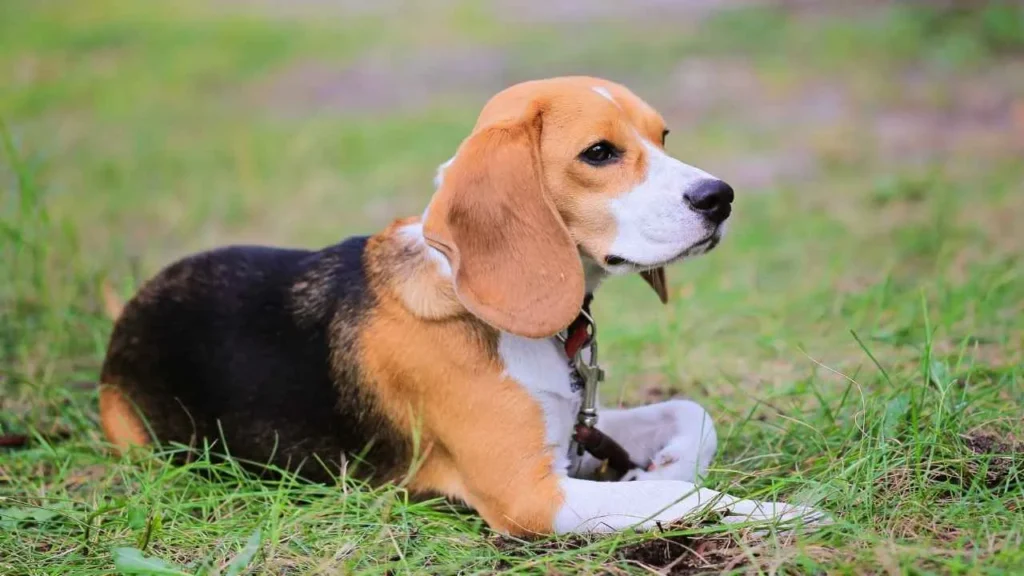
The Harrier is a time-tested scenthound with deep roots in English hunting traditions. Initially bred to hunt in packs for hare and fox, this breed combines endurance, sharp scenting ability, and a zest for companionship in equal measure.
Social to the Core
True to his pack-hound heritage, the Harrier thrives in company, be it with people or other dogs. He’s naturally outgoing, friendly, and not one to shy away from attention.
But leave him alone too long, and you’ll quickly learn he’s not a fan of solitude. A household with other dogs or constant interaction suits him best.
Headstrong but Trainable
The Harrier has a stubborn streak. He’s smart and independent, with a real knack for problem-solving (and mischief if bored).
He responds best to positive reinforcement paired with clear, consistent boundaries. Otherwise, he’ll happily march to the beat of his own drum, and maybe dig a few holes along the way.
Scent First, Everything Else Later
This breed’s scent drive is no joke. A secure, escape-proof yard is a must, as a Harrier will follow its nose wherever it takes it. Whether it’s a rabbit trail or an unfamiliar whiff in the wind, his instincts can override recall in a heartbeat.
Mental and physical stimulation, especially scent games or structured activities, are essential to keep him engaged and out of trouble.
8. Grand Basset Griffon Vendeen
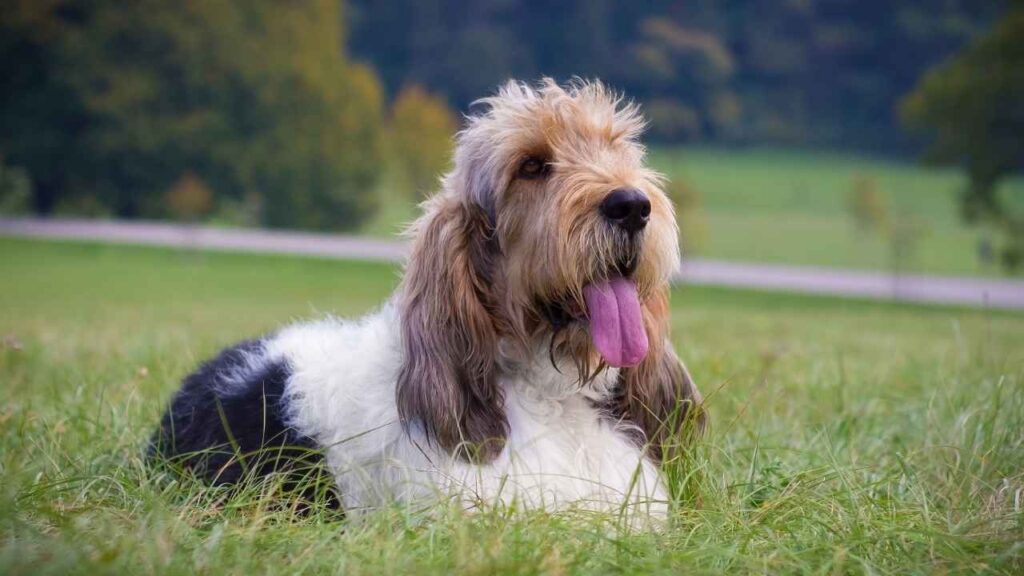
The Grand Basset Griffon Vendéen (GBGV) is a rare dog breed from the Vendée region of France, originally developed to hunt small game across rough, unforgiving terrain. Behind that tousled coat and soulful eyes lies a spirited, determined scenthound with a whole lot of heart—and character.
Endearingly Independent
While the GBGV can be affectionate and social, make no mistake—this is a working hound through and through.
Their strong prey drive, matched with a natural independence, makes them best suited to experienced pet parents who can balance freedom with firm, consistent boundaries. Training requires patience, creativity, and an understanding of hound logic (or the lack thereof), as per PetMD.
The “Grand Hug” Specialist
Known among owners for their signature move—the “Grand Hug”—these hounds have a unique way of showing affection. They’ll throw their front legs into your lap and lean in, expecting a full embrace.
It’s charming, if not a little damp, thanks to their famously slobbery beard. Whether you find this adorable or mildly alarming often depends on the shirt you’re wearing.
Amiable Athletes with a Nose for Fun
Despite their long bodies and shaggy appearance, GBGVs are agile, surprisingly athletic dogs who thrive when given space to explore. True to their scenthound nature, they will lock onto a trail with focus and determination, often tuning out everything else.
Secure spaces and lead control are a must. Yet, their easygoing temperament makes them generally pleasant housemates, even with other animals around.
This is a breed for those who appreciate rugged charm, a bit of drool, and a whole lot of personality.
9. Cesky Terrier
Developed in the Czech Republic in 1949, the Cesky Terrier—also known as the Bohemian Terrier—was bred for hunting in the forests of Bohemia. Purposefully crossed from the Scottish and Sealyham Terriers, the result is a calmer, more adaptable terrier with a unique, elegant presence.
Distinct Looks, Manageable Grooming
The Cesky is a long-bodied, short-legged terrier with a striking silky coat that drapes softly over the belly, face, and legs.
While it may appear high-maintenance, the coat is relatively easy to manage with regular brushing and occasional trimming. Cesky Terriers come in two colors—blue-gray and light coffee brown—that deepen as the puppy matures.
Mellow for a Terrier
Unlike many terriers known for their fiery personalities, the Cesky is notably more even-tempered. They’re loyal, affectionate, and tend to be quieter, making them an excellent choice for families or for those who want a terrier without the nonstop intensity.
That said, early socialization is still key to preventing wariness toward unfamiliar people or situations.
Trainable, Smart, and Sociable
Though bred for hunting, the Cesky is obedient and quick to learn, often showing a calm focus that sets them apart from more impulsive breeds, as the AKC claims. They’re playful and loving with children, and typically get along well with other dogs, especially when raised in a social environment.
Conclusion
Now that you’ve met these seven extraordinary canines, which one captured your heart? Perhaps the Cesky Terrier that requires minimal grooming appealed to your practical side, or maybe the Harrier’s impressive hunting abilities sparked your interest.
Unlike most dogs you encounter daily, these lesser-known breeds offer something truly special for the right owner. If you’re considering making one of these unique breeds your first dog, start by researching reputable breeder options. These rare puppies deserve knowledgeable care from day one.
Whether you’re drawn to the dense coat of the Grand Basset Griffon Vendeen or prefer the smooth coat of the Cirneco dell’Etna, remember that each brings its own exceptional sense of loyalty along with unique characteristics.
From specialized herding dog instincts to natural guard dog abilities, these puppies represent living history worth preserving and celebrating.


